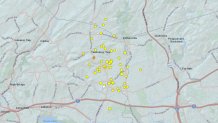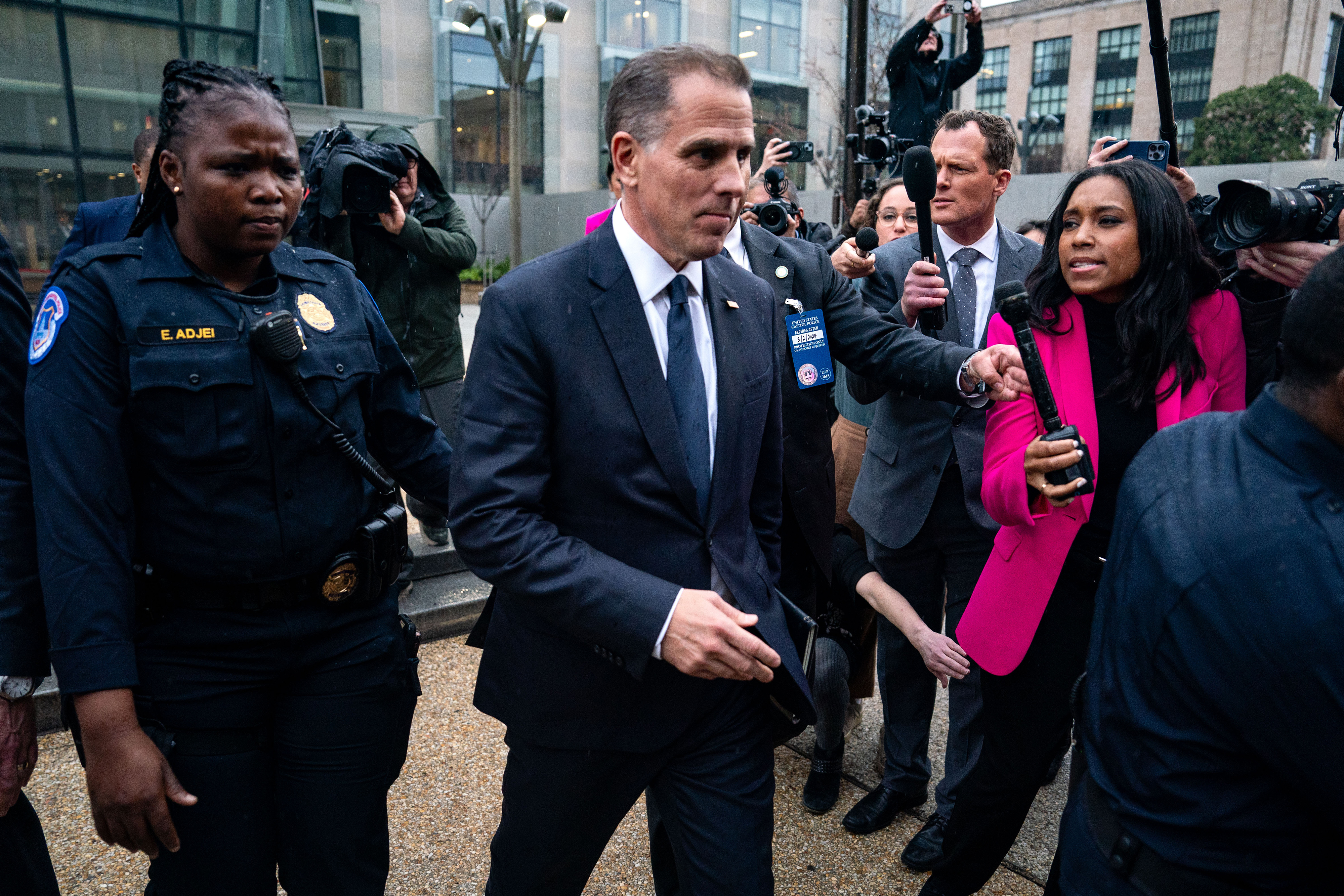More than 50 aftershocks have been recorded after a 4.8-magnitude earthquake in New Jersey shook the tri-state area last Friday, the U.S. Geological Survey said.
Now, the USGS is deploying 'aftershock kits' in the area to better document data from aftershocks. Eight kits will be deployed this week to track where the aftershocks originate, how long they last, and how strong they are, the USGS announced Thursday.
The USGS said more than 50 aftershocks have occurred so far since the April 5 quake and have ranged from magnitude 1.3 to 3.8. The USGS is forecasting a 12% change of a magnitude 3 or larger aftershock in the next week and just a 1% chance of a quake magnitude 4 or larger.

Get Philly local news, weather forecasts, sports and entertainment stories to your inbox. Sign up for NBC Philadelphia newsletters.
A 2.6-magnitude aftershock was felt across northern New Jersey on Wednesday.
Earthquakes in the eastern U.S. are not common but when they occur, are felt stronger and across a wider area than quakes in the western part of the country, according to the USGS. Part of that could be that the eastern U.S. has older rocks and formations, the USGS said.
While the USGS said it's important to study aftershocks to help prepare for future events, there is no current way to forecast specifics around future quakes.
U.S. & World
Stories that affect your life across the U.S. and around the world.
"“No one can predict the exact time, location, or place of any earthquake,” said Sarah McBride with the USGS Earthquake Hazards Program in a press statement.



